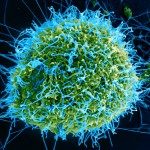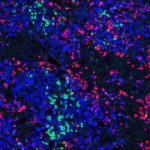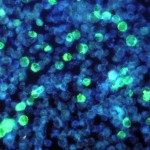Link to Pubmed [PMID] – 15155906
Proc. Natl. Acad. Sci. U.S.A. 2004 Jun;101(22):8360-5
Cell lines have many advantages: they can be manipulated genetically, expanded, and stockpiled for organ transplantation. Freshly isolated hepatocytes, oval cells, pancreatic cells, and hematopoietic stem cells have been shown to repopulate the damaged liver. Here we show that bipotential mouse embryonic liver (BMEL) stem cell lines participate in liver regeneration in albumin-urokinase plasminogen activator/severe combined immunodeficiency disease (Alb-uPA/SCID) transgenic mice. In the liver, BMEL-GFP cells proliferate and differentiate into both hepatocytes and bile ducts, forming small to large clusters detected throughout the 3-8 weeks analyzed after transplantation. Moreover, they respond like host cells to signals for growth, differentiation, and even zonal expression of metabolic enzymes, showing regulated expression of cytokeratins and liver-enriched transcription factors. Immunostaining for MHC class I molecules revealed that cells do not coexpress donor and recipient H-2 haplotypes, as would be the case had cell fusion occurred. This report shows that immortalized stem cell lines not only are competent to participate in the repair of a damaged tissue but also can differentiate into the two major epithelial cell types of a complex organ, hepatocytes and bile ducts.


